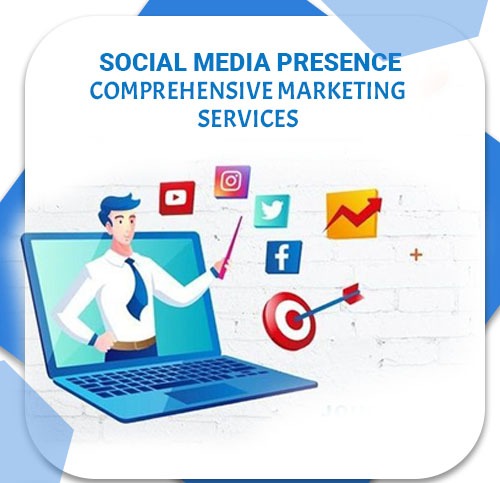Targeted Strategy:
A targeted strategy is a focused approach to achieving a specific goal. In the context of social media marketing, a targeted strategy involves developing a plan that is tailored to a particular audience or demographic. This means understanding the characteristics and preferences of the target audience and designing campaigns that will appeal to them. A targeted strategy takes into account factors such as age, gender, location, interests, and purchasing behavior, among others, to ensure that the social media campaigns are relevant and engaging to the audience. By developing a targeted strategy, businesses can ensure that their social media campaigns deliver maximum ROI by reaching the right audience and driving conversions.
Audience Insights:
Audience insights refer to the in-depth knowledge that businesses have about their target audience, including their interests, behaviors, and preferences. In the context of social media marketing, audience insights play a crucial role in developing effective campaigns that resonate with the target audience. By understanding their audience’s characteristics, businesses can tailor their social media campaigns to the audience’s needs and preferences. Audience insights can be gathered from various sources, such as social media analytics, surveys, and focus groups. Social media analytics tools can provide valuable data on audience demographics, behavior, and engagement with content. Surveys and focus groups can also provide businesses with feedback and opinions directly from their target audience. By leveraging audience insights, businesses can create content that is engaging, relevant, and compelling, increasing their brand awareness, and driving conversions.
Creative Content:
Creative content refers to original and engaging material that captures the attention of the target audience and communicates the brand’s message effectively. In the context of social media marketing, creative content is essential for attracting and retaining followers, increasing engagement, and driving conversions. Creative content can take many forms, including videos, images, infographics, and blog posts. It should be visually appealing, relevant to the target audience, and aligned with the brand’s messaging and values. Creative content should also be optimized for the specific social media platform on which it is posted. For instance, Instagram requires visually stunning imagery and short, snappy captions, while LinkedIn calls for more professional content and longer-form copy. By creating creative content that resonates with their target audience, businesses can increase their brand awareness, attract new customers, and ultimately drive sales.
Analytics-driven:
Analytics-driven refers to a method of decision-making that is based on data and data analysis. It involves using data to identify trends, patterns, and insights that can inform and guide business decisions. In the context of social media marketing, analytics-driven means using data from social media platforms to track the performance of marketing campaigns and measure the return on investment (ROI).
Analytics-driven social media marketing allows businesses to make informed decisions about their social media strategy by providing insights into what is working and what is not. For example, data can be used to identify the most popular types of content, the best times to post, and the demographics of the target audience. This information can then be used to optimize and improve the social media marketing strategy, making it more effective and efficient.
In short, analytics-driven social media marketing helps businesses make data-driven decisions to achieve their business goals through social media marketing.
Continuous Improvement:
Continuous improvement refers to a process of continuously evaluating and improving processes, systems, and products to increase efficiency, effectiveness, and customer satisfaction. In the context of social media marketing, continuous improvement means continually evaluating and refining the marketing strategy to achieve better results.
Continuous improvement in social media marketing involves regularly reviewing data and analytics to identify areas for improvement, testing new strategies and tactics, and making changes to the marketing approach as needed. This approach allows businesses to stay ahead of the competition and adapt to changes in the market and consumer behavior.
Continuous improvement also involves keeping up with the latest trends and technologies in social media marketing. This allows businesses to take advantage of new opportunities and stay ahead of the curve in terms of marketing effectiveness.














